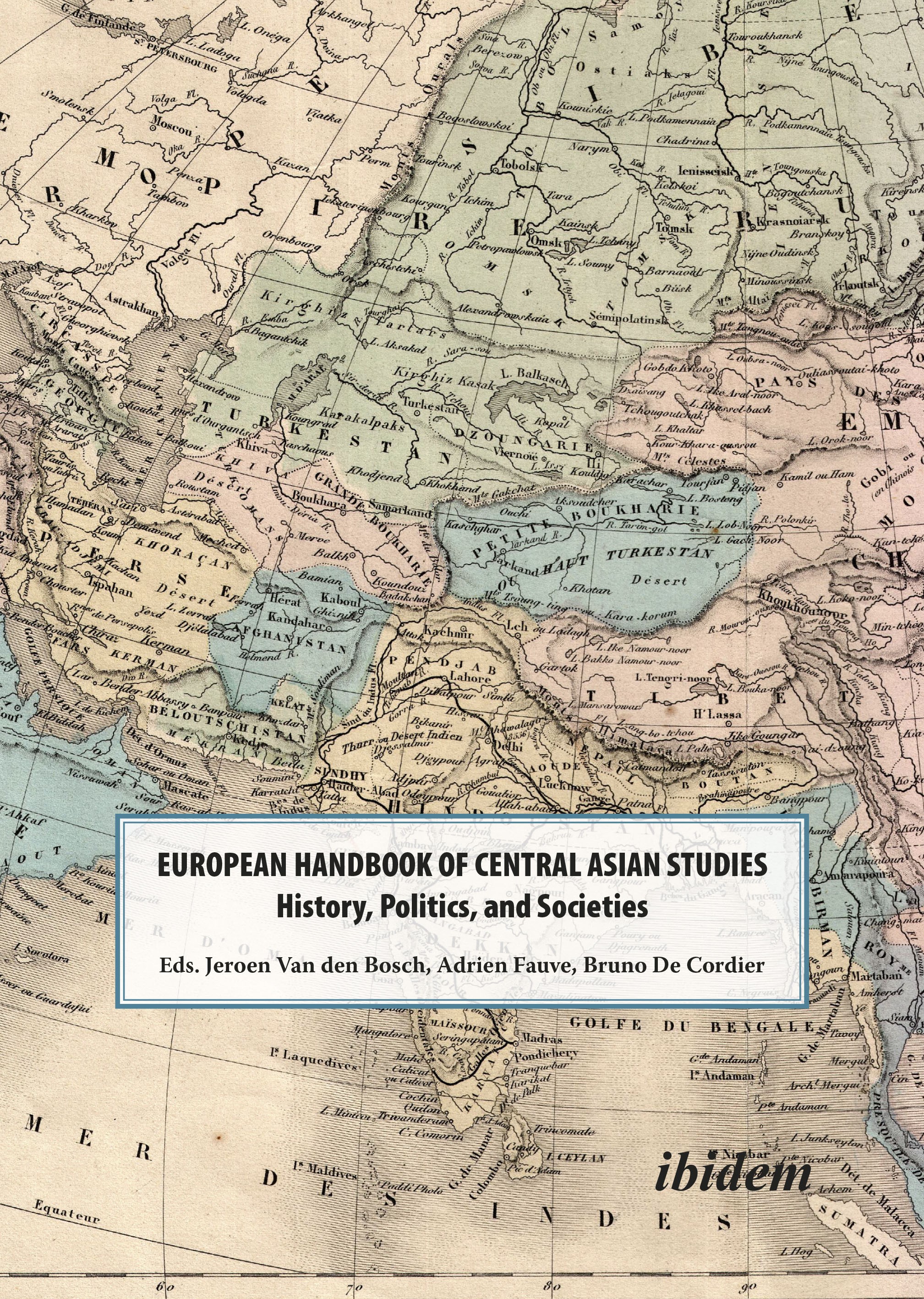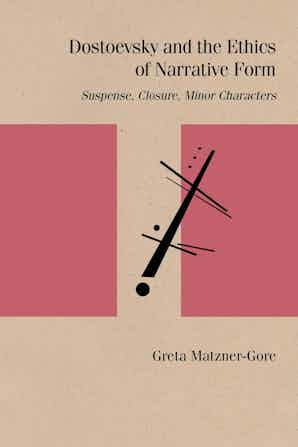The European Handbook of Central Asian Studies: History, Politics, and Societies
 This handbook is the first collection of comprehensive teaching materials for teachers and students of Central Asian Studies (CAS) with a strong pedagogic dimension. It presents 22 chapters, clustered around five themes, with contributions from more than 19 scholars, all leading experts in the field of CAS and Eurasian Studies. This collection is not only a reference work for scholars branching out to different disciplines of CAS but also for scholars from other disciplines broadening their scope to CAS. It addresses post-colonial frameworks and also untangles topics from their ‘Soviet’ reference frame. It aims to de-exoticize the region and draws parallels to European or to historically European-occupied territories. In each chapter, the handbook provides a concise but nuanced overview of the topics covered, in which way these have been approached by the mainstream literature, and points out pitfalls, myths, and new insights, providing background knowledge about Central Asia to readers and intertwine this with an advanced level of insight to leave the readers equipped with a strong foundation to approach more specialized sources either in classroom settings or by self-study. In addition, the book offers a comprehensive glossary, list of used abbreviations, overview of intended learning outcomes, and a smart index (distinguishing between names, locations, concepts, and events). A list of recorded lectures to be found on YouTube will accompany the handbook either as instruction materials for teachers or visual aids for students. Since the authors themselves recorded the lectures related to their own chapters, this provides the opportunity to engage in a more personalized way with the authors. This project is being developed in the framework of the EISCAS project (www.eiscas.eu), co-funded by the Erasmus + Program of the European Union.
This handbook is the first collection of comprehensive teaching materials for teachers and students of Central Asian Studies (CAS) with a strong pedagogic dimension. It presents 22 chapters, clustered around five themes, with contributions from more than 19 scholars, all leading experts in the field of CAS and Eurasian Studies. This collection is not only a reference work for scholars branching out to different disciplines of CAS but also for scholars from other disciplines broadening their scope to CAS. It addresses post-colonial frameworks and also untangles topics from their ‘Soviet’ reference frame. It aims to de-exoticize the region and draws parallels to European or to historically European-occupied territories. In each chapter, the handbook provides a concise but nuanced overview of the topics covered, in which way these have been approached by the mainstream literature, and points out pitfalls, myths, and new insights, providing background knowledge about Central Asia to readers and intertwine this with an advanced level of insight to leave the readers equipped with a strong foundation to approach more specialized sources either in classroom settings or by self-study. In addition, the book offers a comprehensive glossary, list of used abbreviations, overview of intended learning outcomes, and a smart index (distinguishing between names, locations, concepts, and events). A list of recorded lectures to be found on YouTube will accompany the handbook either as instruction materials for teachers or visual aids for students. Since the authors themselves recorded the lectures related to their own chapters, this provides the opportunity to engage in a more personalized way with the authors. This project is being developed in the framework of the EISCAS project (www.eiscas.eu), co-funded by the Erasmus + Program of the European Union.
zum Buch im ULB-Katalog
zum Buch auf der Verlags-Website – es ist auch in einer Open-Access-Version als eBook verfügbar!
Dostoevsky and the ethics of narrative form: suspense, closure, minor characters
 Three questions of novelistic form preoccupied Fyodor Dostoevsky throughout his career: how to build suspense, how to end a narrative effectively, and how to distribute attention among major and minor characters. For Dostoevsky, these were much more than practical questions about novelistic craft; they were ethical questions as well. Dostoevsky and the Ethics of Narrative Form traces Dostoevsky’s indefatigable investigations into the ethical implications of his own formal choices. Drawing on his drafts, notebooks, and writings on aesthetics, Greta Matzner-Gore argues that Dostoevsky wove the moral and formal questions that obsessed him into the fabric of his last three novels: Demons, The Adolescent, and The Brothers Karamazov. In so doing, he anticipated some of the most pressing debates taking place in the study of narrative ethics today.
Three questions of novelistic form preoccupied Fyodor Dostoevsky throughout his career: how to build suspense, how to end a narrative effectively, and how to distribute attention among major and minor characters. For Dostoevsky, these were much more than practical questions about novelistic craft; they were ethical questions as well. Dostoevsky and the Ethics of Narrative Form traces Dostoevsky’s indefatigable investigations into the ethical implications of his own formal choices. Drawing on his drafts, notebooks, and writings on aesthetics, Greta Matzner-Gore argues that Dostoevsky wove the moral and formal questions that obsessed him into the fabric of his last three novels: Demons, The Adolescent, and The Brothers Karamazov. In so doing, he anticipated some of the most pressing debates taking place in the study of narrative ethics today.
zum Buch im ULB-Katalog
zum Buch auf der Verlags-Website
Weitere Titel können Sie in unseren Neuerwerbungslisten für die Slavistik entdecken!
